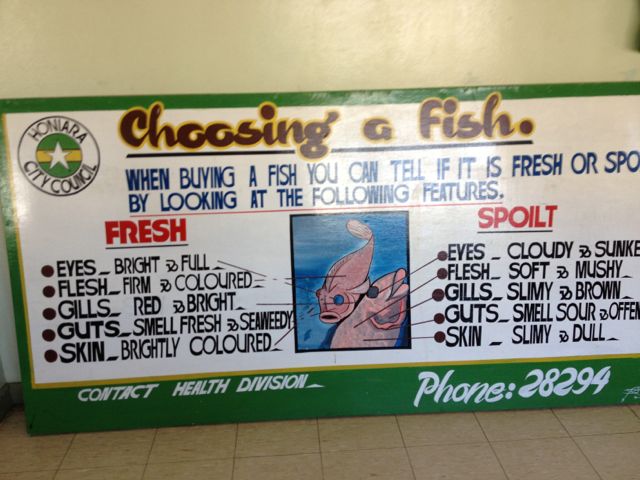On this day 71 years ago, the American navy followed by the military began arriving on the shores of this island in what would become an important battle in the history of WWII. The Japanese had begun construction of an airport, which was the main strategic point of interest for the Americans in the Battle for Guadalcanal and the wider Pacific campaign. The bloody fight lasted until February 1943 and in total 68,000 men lost their lives.
The airport is now known as Henderson Airport and is used for commercial flights to this day. The hills surrounding the site of the American War Memorial have views of other points of strategic importance like the Galloping Horse Hill, Sea Horse Hill and the Metaniko River. In the last couple of weeks I have climbed in those hills, hiked to the river and swam down its beautiful, calm streams. On the hike to Metaniko we passed a fox hole, right at the top of the hill. I was wearing a tank top, shorts and carrying water and was sweating so much. It was terrible to imagine young men in their late teens hiking up that hill with all their gear and packs, only to be shot down upon their final ascent. "Why do we still fight wars?"
Today I was told by multiple speakers - the American Ambassador, the head of the Pacific Partnership for the American Navy, and the Direct General of the Pacific Community - for freedom and peace. That is why the U.S. fought this war. We solemnly memorialized the American lives lost in what was the decisive battle for the success in the Pacific. It is incredibly important to honor those who have fought and lost their lives for our freedom, they reminded us. I found the service moving, particularly as they spoke of the loss of 3 young soldiers whose bodies were recently recovered from a site close to the memorial. These men died in October 1942 and their bodies will soon be returned to the U.S. and to their families. This was the first year none of the veterans who served in Guadalcanal could make it to the service, where in previous years their profile was shared and they were honored. "The inevitable passing of time", the Master of Ceremonies, the historian John Innes pointed out.
The American Ambassador to the Solomon Islands (who is based in Papua New Guinea), expressed appreciation that there were young people in the audience, like Scouts and others. History needs to be known. For me, this time in the Solomon Islands has surprisingly turned out to be an important history lesson for me, having known little about the U.S. military history and presence in the Pacific beyond the famous and horrific atomic bombings in Japan. It feels incredibly essential to understand the loss endured and begot by the U.S. armed forces.
 |
Distinguished guests, including the head of UNDP, a Japanese national -
history moves forward, enemies become allies. |
I feel incredibly humbled by the enormous sacrifice of families who have lost their sons and daughters in battle around the world fighting for their causes and freedoms, even while I do not believe violence can ultimately bring positive peace. The young American and Japanese men, some as young as 16 who fought bitterly in this hilly country, far from their home countries and families are brave and enduring in ways I can not comprehend.
 |
| Excellent USS Pearl Harbor brass band. The Taps was moving. |
It felt surprisingly familiar to hear the American
national anthem played by an excellent Navy brass band, as well as their
rendering of the Solomon Islands national anthem. I imagined myself standing on
a soccer field before a game, in school or at a baseball game. It feels
important to me that this anthem is played and connects these experiences not
for patriotism alone, a word that can be used so often it loses its meaning or
signals a sense of superiority, but because ultimately our lives and my life is
connected to places around the world where in good and sometimes tragic ways my
country is involved.
 |
| Kids climb a tree to watch the ceremonies over the wall. |
 |
The most gorgeous collection of wreaths I've ever seen. And flags for the 3
American men whose bodies were recently found and will be returned with
these flags to their families in the U.S.. |
 |
| Taking pictures of the USS Pearl Harbor in the sound around Honiara. |
 |
| The U.S. memorial on the aptly named Skyline Drive. |































